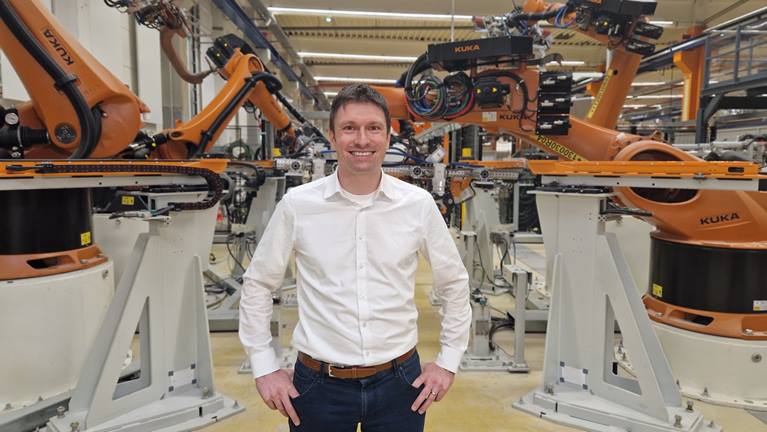Especially in times of geopolitical uncertainty and economic challenges, companies are forced to scrutinize their investments carefully. This often raises the question: Is sustainability even worth it?
How can companies combine sustainability and profitability? Do you have any examples?
"I believe one does not exclude the other – quite the opposite. At KUKA, we try to think both together. A few examples:
- Our robots are designed to require as little material as possible while also being lighter. This already saves resources during manufacturing – and energy during operation, because a lighter robot simply consumes less and is also more dynamic.
- In addition, we rely on highly efficient drive technology. Both factors have a significant impact over the lifetime of a robot – since energy consumption is usually the biggest cost factor besides the purchase price.
Every kilowatt hour saved is therefore not only good for the climate, but also for the budget."
A more sustainable industry is only possible with new technologies – do you agree with that?
"New technologies are definitely an important lever – no doubt about it. But I would say: sustainability doesn’t only begin with the next innovation. A key point for me is the durability of products, so they can be used in a second or even third lifecycle. This is where the circular economy comes into play. That means: not just selling products and eventually disposing of them, but taking them back, refurbishing, and reusing them. We all know this from laptops or smartphones. For me, sustainability also means using existing things longer and better – not just developing new ones.
In summary, one can say that an investment in sustainability is above all one thing: sustainable. It supports the environment and society, makes companies more resilient, helps reduce dependence on rising energy prices – and ensures that you remain competitive tomorrow."











